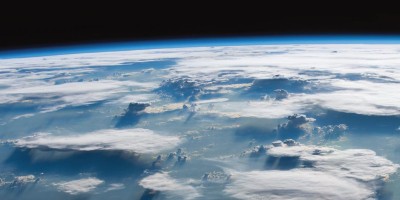Changes in dust flux, export productivity, and bottom-water oxygenation in the equatorial Pacific Ocean have been tightly linked with variations in North Atlantic climate over the past 100,000 years, according to analyses of marine sediments.

References
Hemming, S. R. Rev. Geophys. 42, RG1005 (2004).
Loveley, M. R. et al. Nat. Geosci. 10, 760–764 (2017).
Martin, J. H. Paleoceanography 5, 1–13 (1990).
Anderson, R. F., Fleisher, M. Q. & Lao, Y. Earth Planet. Sci. Lett. 242, 406–414 (2006).
Pena, L. D., Cacho, I., Ferretti, P. & Hall, M. A. Paleoceanography 23, PA3101 (2008).
Takahashi, K. & Battisti, D. S. J. Clim. 20, 3434–3451 (2007).
Reimi, M. A. & Marcantonio, F. Earth Planet. Sci. Lett. 453, 1–8 (2016)
Martínez-Botí, M. A. et al. Nature 518, 219–222 (2015).
Author information
Authors and Affiliations
Corresponding author
Rights and permissions
About this article
Cite this article
Erhardt, A. Tropical ties. Nature Geosci 10, 714–715 (2017). https://doi.org/10.1038/ngeo3025
Published:
Issue Date:
DOI: https://doi.org/10.1038/ngeo3025
- Springer Nature Limited
This article is cited by
-
Equatorial Pacific dust fertilization and source weathering influences on Eocene to Miocene global CO2 decline
Communications Earth & Environment (2023)


